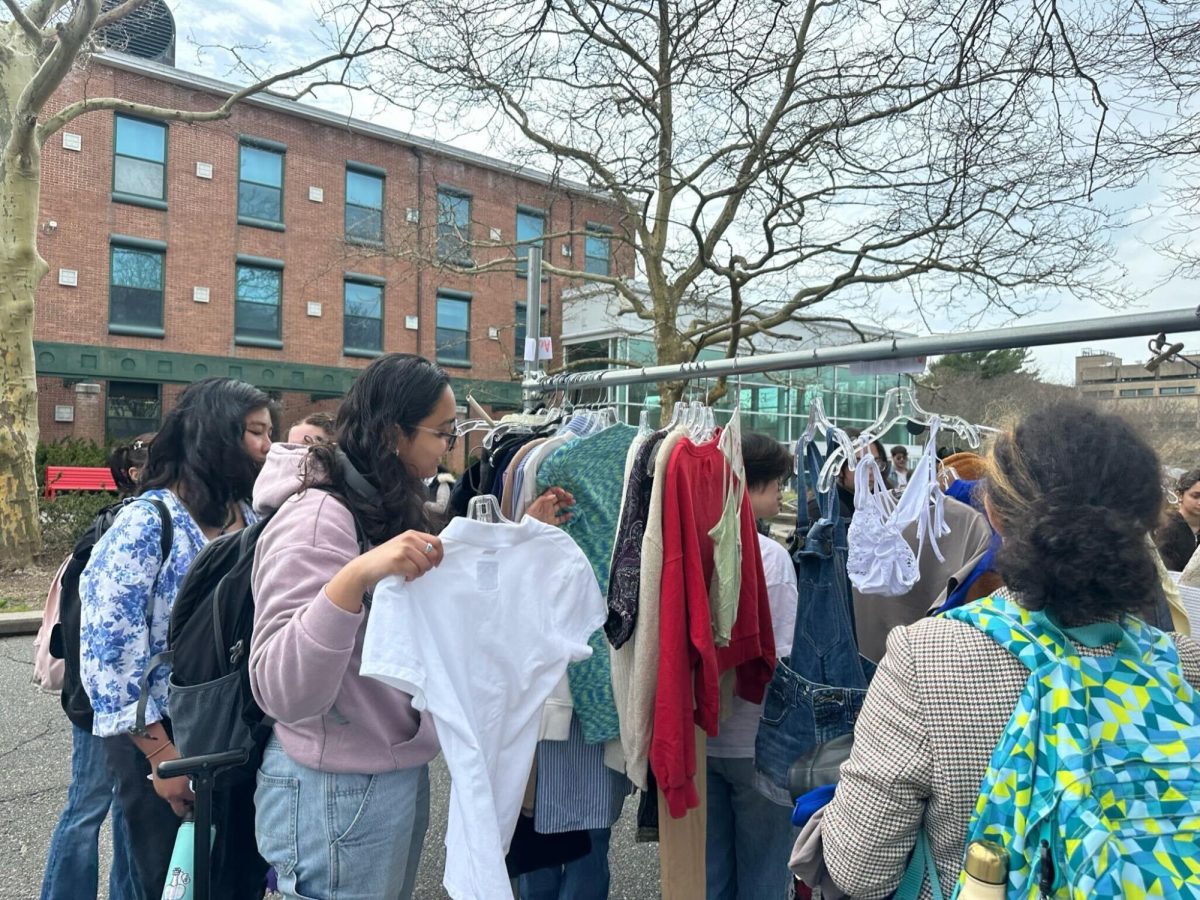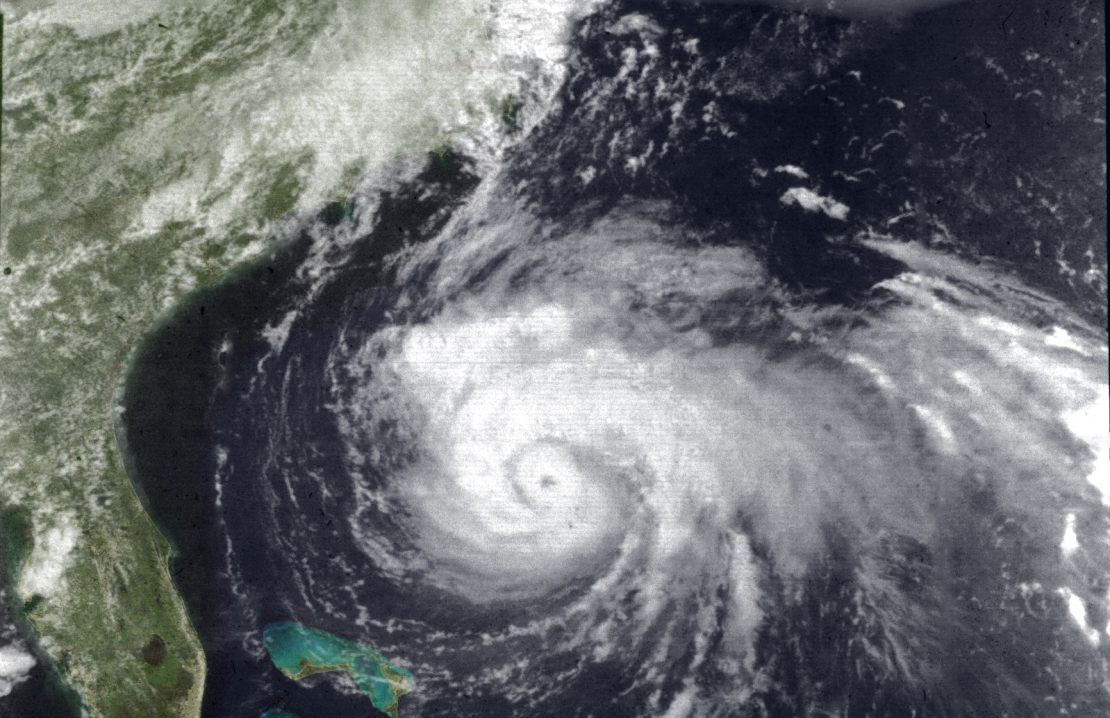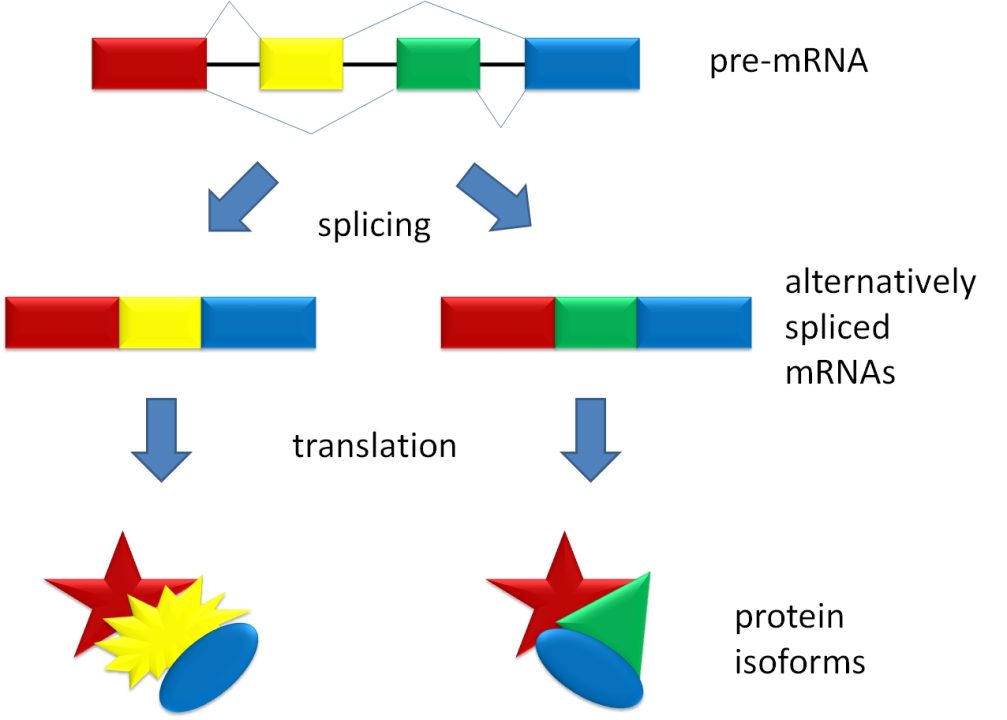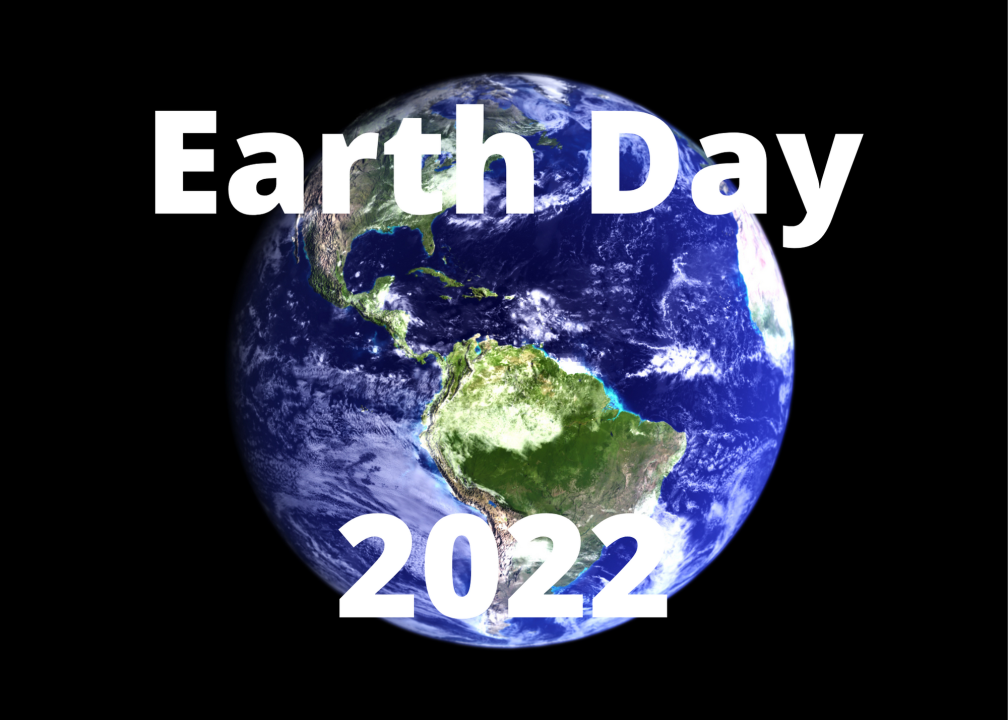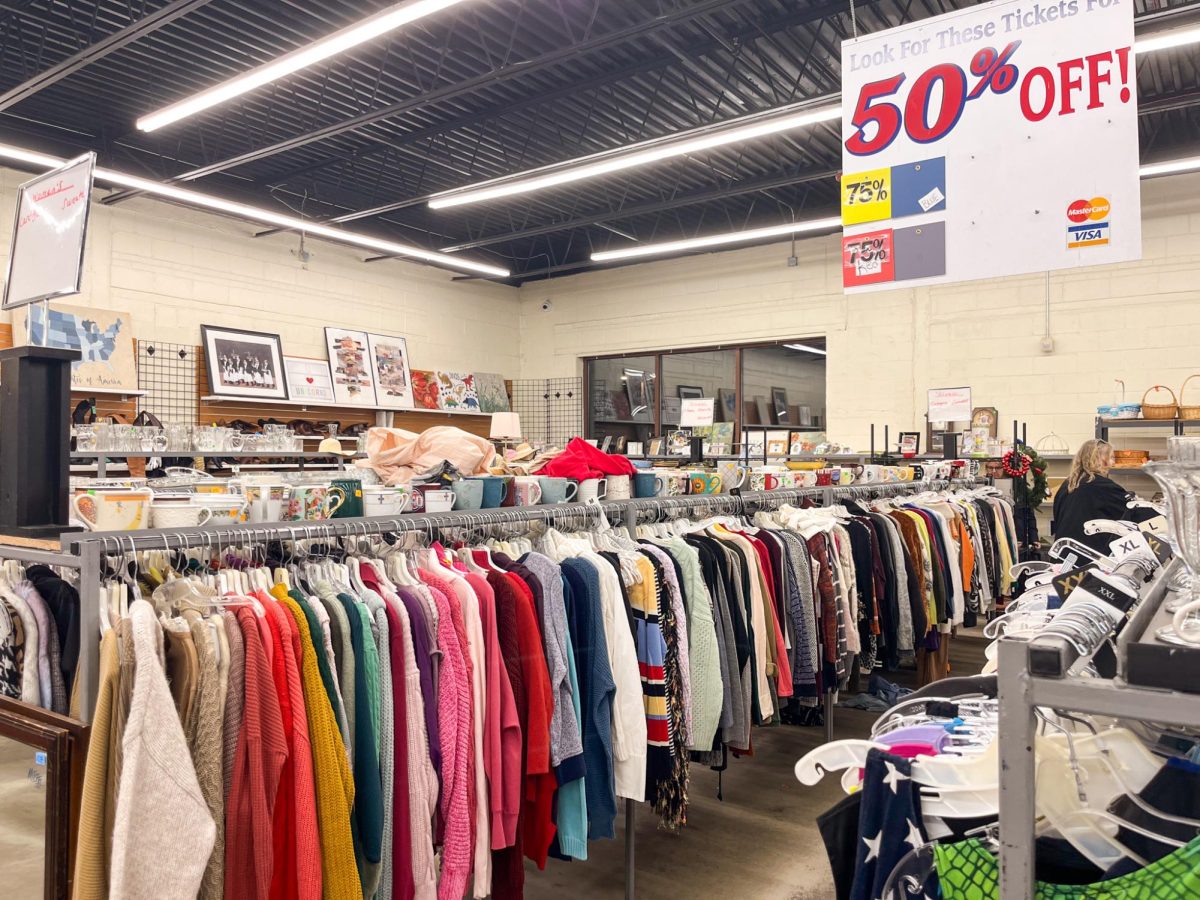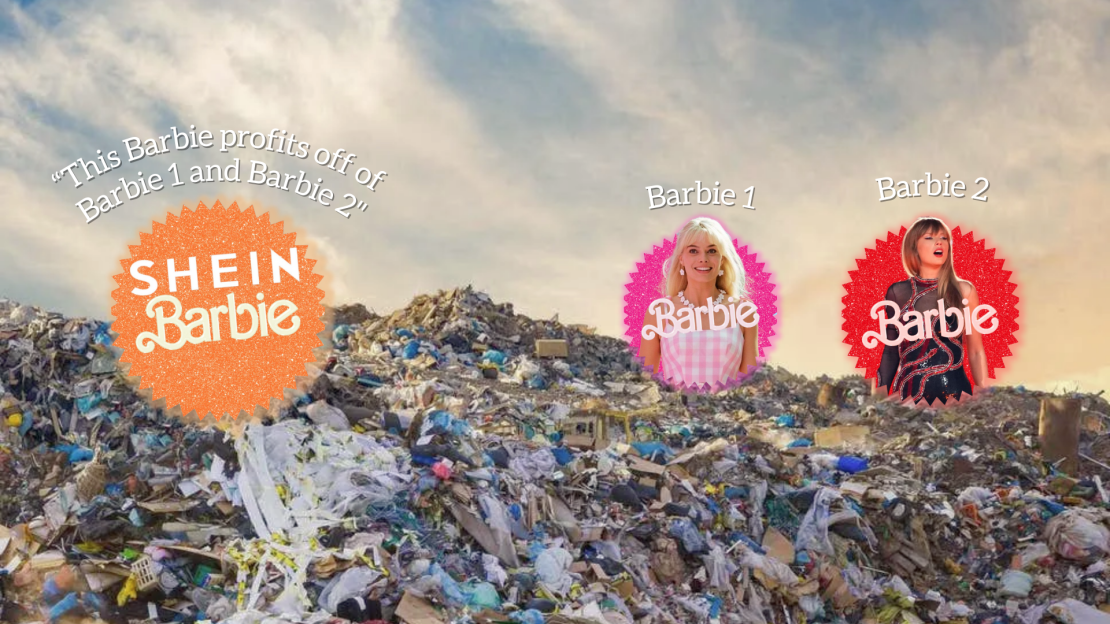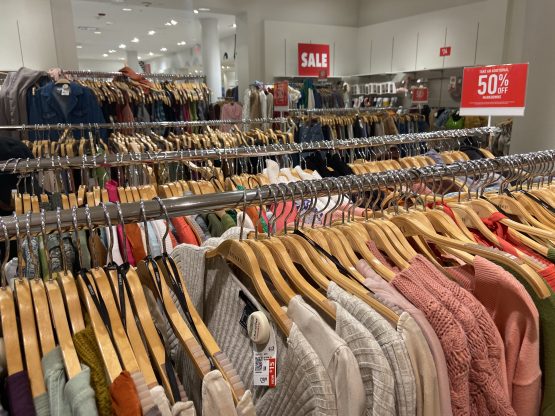
For most, the ability to run to the nearest Zara or go online to visit Shein is the most convenient and affordable way to get a trendy top or a new pair of shoes before they sell out. Unfortunately, this convenience comes with a cost greater than any retail price. Today, the price of fast fashion may cost us a livable Earth.
Fast fashion is a method of designing, creating and marketing clothing that stresses making fashion trends available to consumers rapidly and at a low cost. Stores like H&M, Forever 21 and Fashion Nova are leaders in fast fashion, as they prey on consumers’ demand for the latest fashions at the lowest prices.
Because the prices of these items are so low, buyers often find that their pieces do not last very long. If items are no longer wearable according to consumers’ standards, they are often discarded and later found in landfills.
Soon enough, consumers will purchase another item to replace the last, and the cycle continues. This common practice contributes to the increase of textile waste. The clothes, which are often non-biodegradable, cannot be made without companies expanding their carbon footprint or emitting microplastics into our water.
While it may seem harmless to shop at places such as Shein or The Gap, the fashion industry and its supply chain are the third largest polluting industry, following after food and construction. Clothing brands in the fashion industry are “responsible for 10% of annual global carbon emission” from outsourcing and over-producing low-quality pieces in working conditions that are sometimes inhumane.
Most people are aware of the impact that large corporations have on greenhouse gas emissions and climate change, but the environmental effects of fast fashion are usually overlooked. In a recent presentation for members of the I Am That Girl organization at Stony Brook University, sophomore biology major Chloe Pena researched and explained the harms of fast fashion. Secretary of the organization, which is committed to women empowerment and education about current events, Pena credits the dismissal of fast fashion’s effects to a concept known as the information threshold.
“The information threshold is basically the amount of awareness a person has [about a particular issue] before they’ll actually do something about it,” Pena said. “People may be aware of the harms of fast fashion, but it’s still not enough for them to actually take action and do something.”
It is easy to shame or denounce those who shop at popular stores for participating in fast fashion, but it must be noted that being able to afford the most sustainable fashion items results from privilege.
“A lot of times we blame the consumer for buying these brands when that’s all they could really afford,” Pena said. “Ethical brands have to pay for livable wages for their workers. They have to pay for the [higher] quality, so ethical brands are often more expensive and some people on the lower end of the socio-economic scale are unable to buy from more sustainable and ethical brands. So they often do have to resort to fast fashion.”
Between social pressures to wear the latest popularized styles and the “irresistible” sales promoted by clothing brands, fast fashion is almost unavoidable.
“I think that the reason why fast fashion is so prevalent is that we’re making [the style of] high-end brands more accessible,” Pena said.
Brands notice consumers’ desires to emulate the styles of their favorite celebrities and often promote low-priced dupes, or items that are “made to look like a more expensive or high-quality product.” It may be more convenient for some to achieve a certain look by buying these lower-quality items for the sake of an outfit, but these unsuspecting products do more harm than good. Nevertheless, high-fashion brands cannot be excused for their contributions to harming the environment.
“I think that high-end brands do have their own flaws when it comes to the environment,” Pena said. “For instance, a lot of these brands will use animal hide and fur. I think that the entire fashion industry as a whole, whether it be the high-end brands or fast fashion brands, all in some way need to change some sort of aspect of how they run as companies.”
Avoiding fast fashion is certainly easier said than done, and for some, it is not an option at all. For those who can afford to make better choices with shopping for clothes, here are some ways to change your relationship with fashion, according to Pena:
Shop in moderation
“You could actually reduce your carbon footprint, by a lot, by wearing your clothes more,” Pena said. “Personally, I’ll shop at Shein and Fashion Nova — I’m guilty of it — but I try to only buy what I need and try to wear it as much as I can. And when the products break because they are cheap, you could always try to fix it so you could increase the wear.”
Donate with caution
“I would donate my clothes with caution because often, there are a lot of quality checks that go into donating your clothes,” Pena said. “So at the end of the day, a lot of these clothes still end up in the landfills.”
Download the “Good On You” app
“Good On You” basically tells you how sustainable the brand is when you search for it on their app,” Pena said. “They could also tell you whether they give their workers livable wages.”
There is only so much the average person can do in their everyday lives to help save the planet. Refraining from shopping or buying one top from a fast fashion company will not make or break our climate crisis, but the more we work together to adjust our practices, the more businesses will take note. Though it can be tempting to check out the holiday sales or order the perfect boots to complete your look, try to make more conscious shopping decisions and consider the cost of fashion.
We only have one Earth. Do your part to keep it en vogue.








